British lilac cats and cats: description and list of nicknames
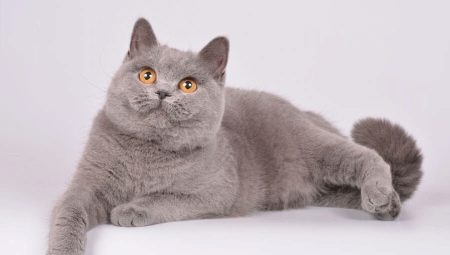
The lilac color of the coat of British cats is quite common and at the same time does not lose popularity. This is a beautiful, pleasant and soft color, which immediately suggests that this is a truly thoroughbred pet.
Color features
The quality representative of the British family has a dense, plush and matte-shiny coat. Lilac color is solid, smoky and even, with minimal lightening of the undercoat. Lilac color can be of three types:
- dark shade, similar to beige and coffee color;
- medium purple - light, but with a purple tint;
- light purple - the lightest color with a pink tint.


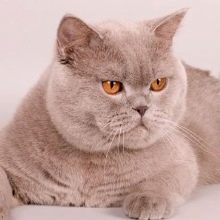
The eye color of a lilac cat can be amber, copper or orange. This combination of coat and eye color looks very beautiful. The amazing lilac shade of wool among the British appeared thanks to breeders. This breed does not have a gene responsible for the lilac color - the shade appeared only thanks to the long efforts of scientists and breeders.
The lilac color is obtained by lightening the chocolate color of the coat. Therefore, pets of lilac shades are one of the most expensive, and you can buy real British lilacs only from trusted breeders.
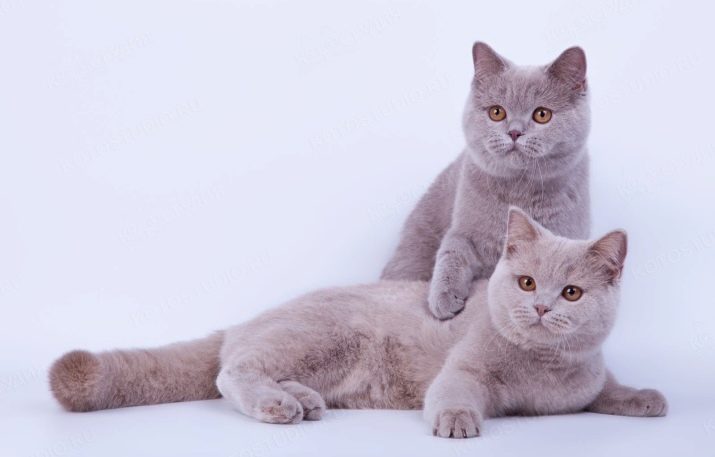
Kittens
Lilac kittens can be born with uneven coat color, specks or stripes. This in no way means that the kittens are defective - with age, the pigment acquires uniformity, spots and stripes go away. After about 6 months, the kitten becomes the same color as an adult or purple cat.
If the animal has a marriage in color, then it is not used for further breeding, but is sold to the family only as a pet without the right to breed.
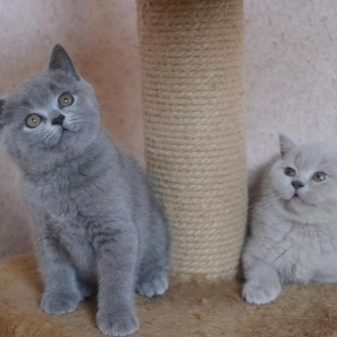
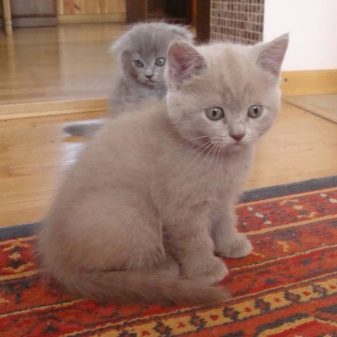
Character
The British lilac cat is an affectionate and friendly creature, but with a proud and independent disposition. These animals are playful and do not like to be alone.... But if they do not like something, then they will report it with a defiant look. Lilac cats treat children well, but wary.
If a child shows aggression towards such a cat, then she will respond in kind. With the right attitude, the Briton will become a real friend to the child and will not offend him.
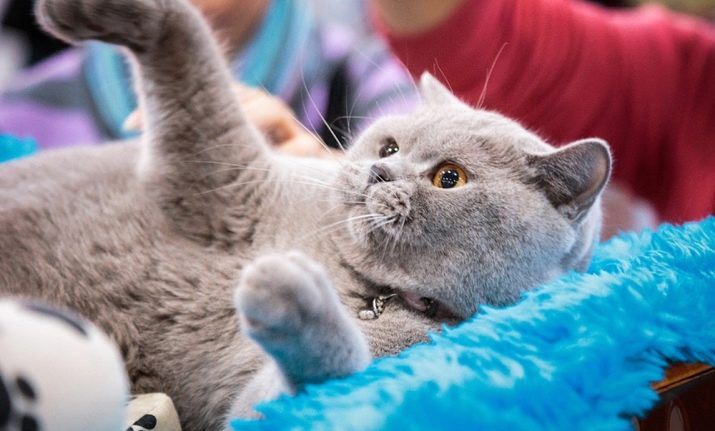
Many British people are quite stubborn and touchy. Cats can be vindictive, but they always quickly "move away". Ironing and playing with the British is only worth when they are in the mood, otherwise you risk breaking personal boundaries, according to the pet. In all other respects, these are surprisingly calm and aristocratic animals. They are neat and tidy, very smart and calm.

Content rules
Proper care of an adult pet or kitten will preserve and prolong the health of the animal. The British need regular grooming: combing, bathing, grooming. The hair of cats of this breed is thick and short, and the animals themselves are very clean and carefully licked. But it is necessary to comb them out in order to get rid of lost hair, to bring gloss and shine to the coat. The cat, licking the fallen hair, swallows it.
Hair clumps in the stomach and causes discomfort, which can lead to serious illness. Therefore, pets should be regularly combed out and given special preparations against the accumulation of hair in the body.
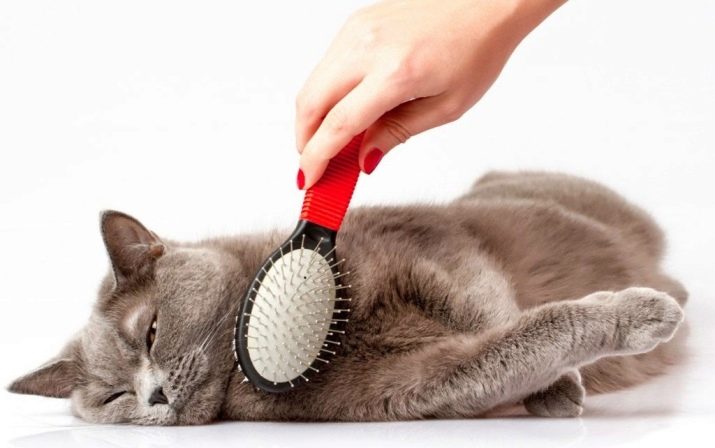
You also need to clean your ears and nose every few weeks, trim your nails. The eyes can be helped to flush the cat daily. British teeth also need to be monitored and periodically given special dry food for tartar. In addition, pedigree individuals are susceptible to many genetic diseases.

The British may have problems with the eyes, internal organs. Therefore, a timely visit to the veterinarian and vaccinations are extremely important.
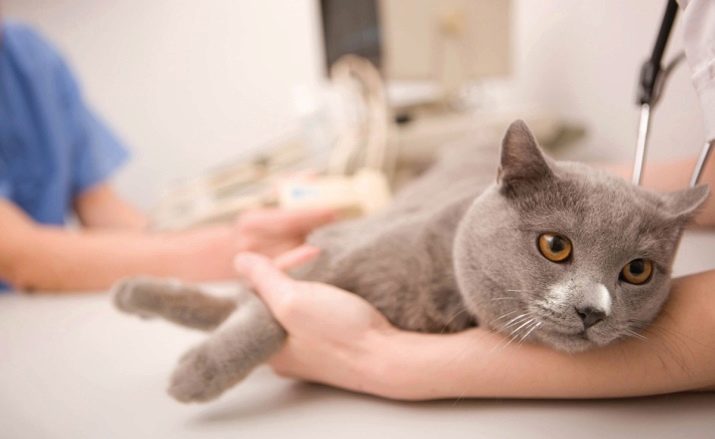
Upbringing
Buying a kitten usually begins with a reservation. Then, only from 2 months of age, the animal can be given to new owners. Why do you have to wait so long? Kittens, like children, are connected with their mother for the first time after birth, and not only with food. Mom teaches them the first steps and many other things that are invisible to us humans. After 2-3 months, the kitten is ready to leave its mother and move to a new family to live independently. In addition, during these 3 months, breeders teach kittens a tray, a diet and a scratching post.
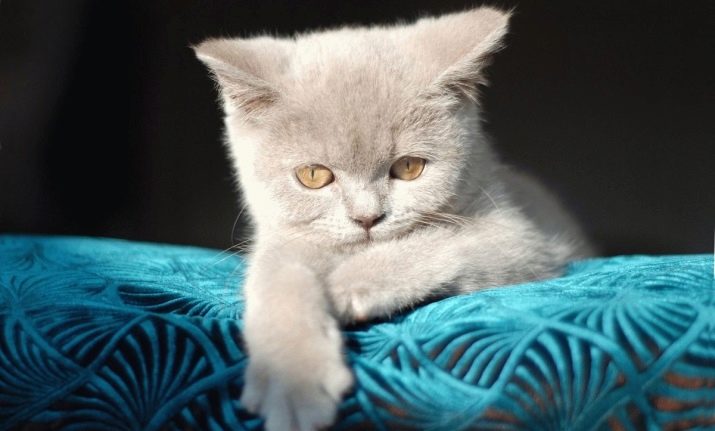
After the kitten has moved to a new home, it needs to continue to be raised. You need to feed your pet in one specific place and at the same time. The toilet after the move must first be installed in a place visible to the kitten so that he understands that his litter box is with him. The tray should be gradually moved to the toilet, and after a while the kitten will only go to its tray in the place where it is convenient for you.
You should not feed the animals from the table, otherwise they will get used to climbing on it and waiting for "snacks". If you want to treat the kitten with something (something allowed), then put it in his bowl.

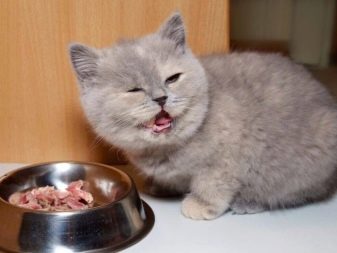
Nicknames
If you buy a kitten with an impressive pedigree, then in the passport he will have a long "catchy" name. You can choose a short nickname based on this name or come up with a new one. To do this, observe a new family member for 1-2 months, study his character and habits, and it will become clear which name to choose.
Lilac Britons with their beautiful coat color will suit interesting, aristocratic and light nicknames. For example, boys can be named Zephyr, Lucas, Light, Iago, Chelsea. For girls, nicknames such as Olivia (Olive), Perry, Leda, Athena, Furia, Vega, Medea are suitable.
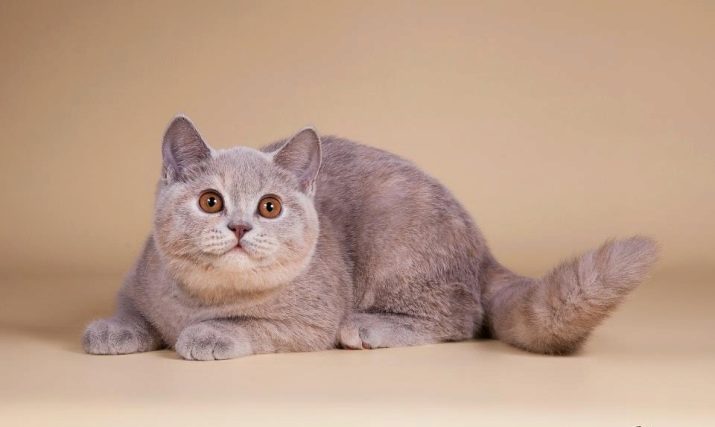
Usually people give nicknames to their pets based on the nature of the cat or cat. If the animal is naughty, mischievous and mischievous, then a pompous aristocratic name will not suit him. And, conversely, quiet, mannered and proud pets cannot be called a colloquial nickname like Bandit or Masha. The name for the Briton should be chosen meaningfully, because now it is your full member of the family, and not a toy. Here is another list of interesting and unusual nicknames for lilac Britons:
- Gin;
- Rocky;
- Rodi;
- Akela;
- Truffle;
- Titanium;
- Haze;
- Kasia;
- Toffee;
- Chapa;
- Tyapa;
- Ariel.
Whatever name you choose for your pet, the main thing is to take care of him properly, because he is your new full member of the family.
For the pros and cons of the British lilac cat, see the next video.
































